Tag: resuscitation
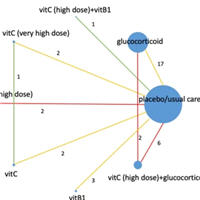
Effect of Adjunctive Vitamin C, Glucocorticoids, and Vitamin B1 on Sepsis
We aimed to compare the effects of vitamin C, glucocorticoids, vitamin B1, combinations of these drugs, and placebo or usual care on longer-term mortality in adults with sepsis or septic shock. MEDLINE, Embase, CENTRAL, ClinicalTrials.gov... read more
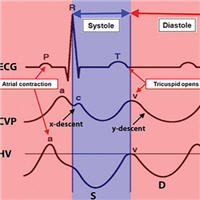
Point of Care Venous Doppler Ultrasound
Accurate assessment of the hemodynamic status is vital for appropriate management of patients with critical illness. As such, there has been a constant quest for reliable and non-invasive bedside tools to assess and monitor... read more

A Novel Anatomic Landmark to Target the LV During Chest Compressions in Cardiac Arrest
A novel area of compression over the left sternal border at the inter-nipple line would result in compressions over the LV in nearly three-quarters of our study participants. Future research should investigate whether... read more

Serum markers of brain injury can predict good neurological outcome after out-of-hospital cardiac arrest
Low levels of brain injury markers in blood are associated with good neurological outcome after CA. Incorporating biomarkers into neuroprognostication may help prevent premature withdrawal of life-sustaining therapy. Retrospective... read more
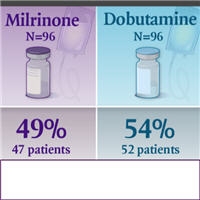
Milrinone vs. Dobutamine in the Treatment of Cardiogenic Shock
In patients with cardiogenic shock, no significant difference between Milrinone and Dobutamine was found with respect to the primary composite outcome or important secondary outcomes. A total of 192 participants (96 in... read more

Use of Bivalirudin for Anticoagulation in Pediatric ECMO
This study describes the use of bivalirudin in children on extracorporeal membrane oxygenation (ECMO). Pediatric patients receiving bivalirudin were compared to patients receiving heparin as the anticoagulant on ECMO. Data... read more
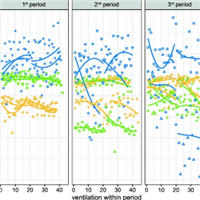
Reliability of Mechanical Ventilation During Continuous Chest Compressions
All investigated transport ventilators were able to provide alveolar ventilation even though chest compressions considerably decreased tidal volumes. Our results support the concept of using ventilators to avoid excessive... read more

Trauma Team Dynamics: A Trauma Crisis Resource Management Manual
This is the first book exploring the unique dynamics created by a multidisciplinary trauma team and how crisis management strategies can improve teamwork and communication and, potentially, improve patient resuscitation... read more
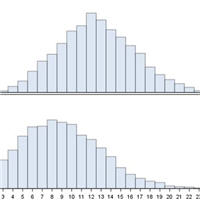
Do Not Attempt CPR Decisions in People Admitted with Suspected COVID-19
Early do not attempt cardiopulmonary resuscitation (DNACPR) decisions were associated with recognised predictors of adverse outcome, and were inversely associated with Asian ethnicity. Most people with an early DNACPR decision... read more

A Perspective on Post-Cardiac Arrest Syndrome
This book presents a valuable new perspective on Post-Cardiac Arrest Syndrome (PCAS), which was defined as system failure following whole-body ischemia-reperfusion injuries by the 2008 International Liaison Committee on Resuscitation.... read more

Standardized post-resuscitation damage assessment of two mechanical chest compression devices
The LUCAS 2 device shows superior resuscitation outcomes and less thoracic injuries compared to Corpuls cpr when used for experimental CPR in juvenile pigs. Researchers should be aware that different mCCDs for experimental... read more

Effects of 5% Albumin Plus Saline vs. Saline Alone on Outcomes From Large-Volume Resuscitation in Critically Ill Patients
During large-volume resuscitation, 5% albumin was associated with reduced mortality and major adverse kidney event at 30, 90, and 365 days. However, a higher rate of acute kidney injury of any stage was observed that did... read more
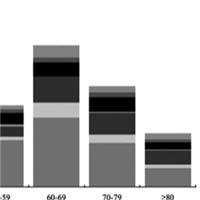
A Systematic Review of the Incidence and Outcomes of In-Hospital Cardiac Arrests in Patients with COVID-19
Approximately, one in 20 patients hospitalized with coronavirus disease 2019 received resuscitation for an in-hospital cardiac arrest. Hospital survival after in-hospital cardiac arrest within the ICU was higher than non-ICU... read more
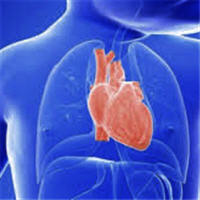
Factors Associated With Initiation of ECPR in the Pediatric Population
Although extracorporeal cardiopulmonary resuscitation (ECPR) is increasingly utilized in the pediatric critical care environment, our understanding regarding pediatric candidacy for ECPR remains unknown. Our objective... read more




